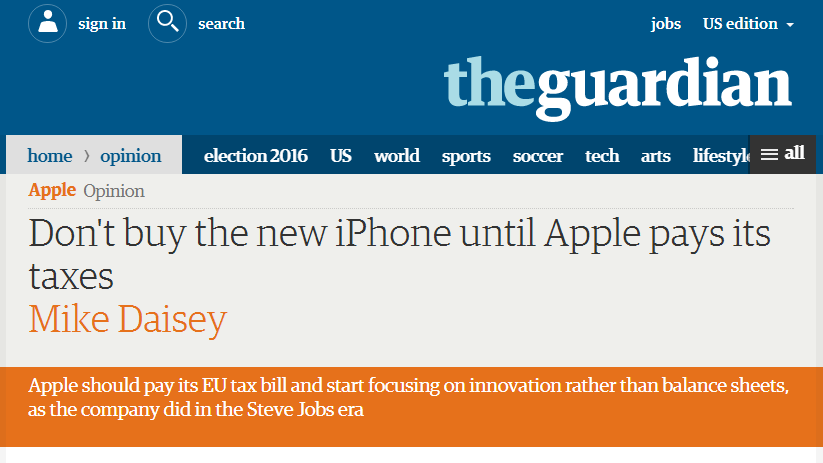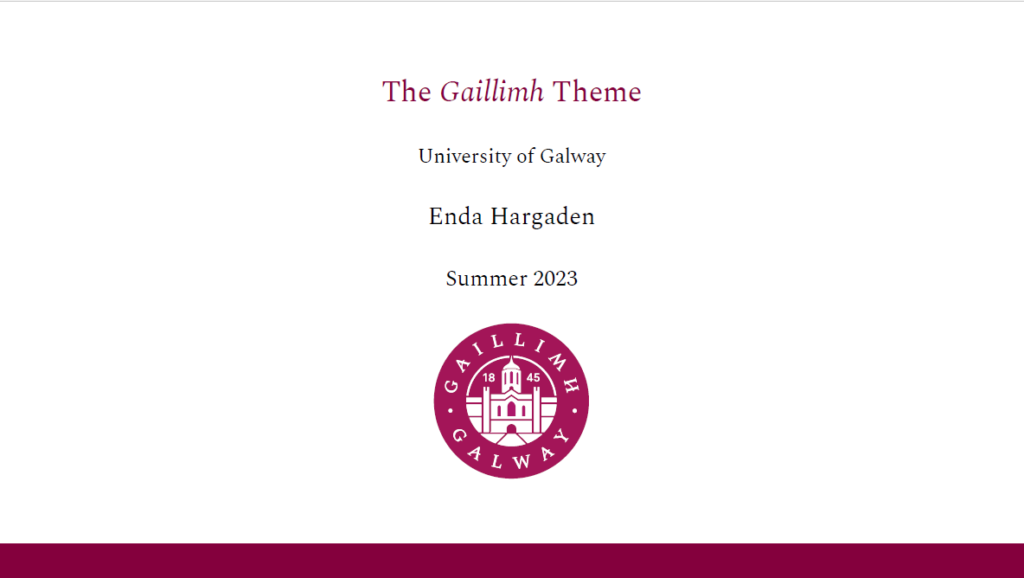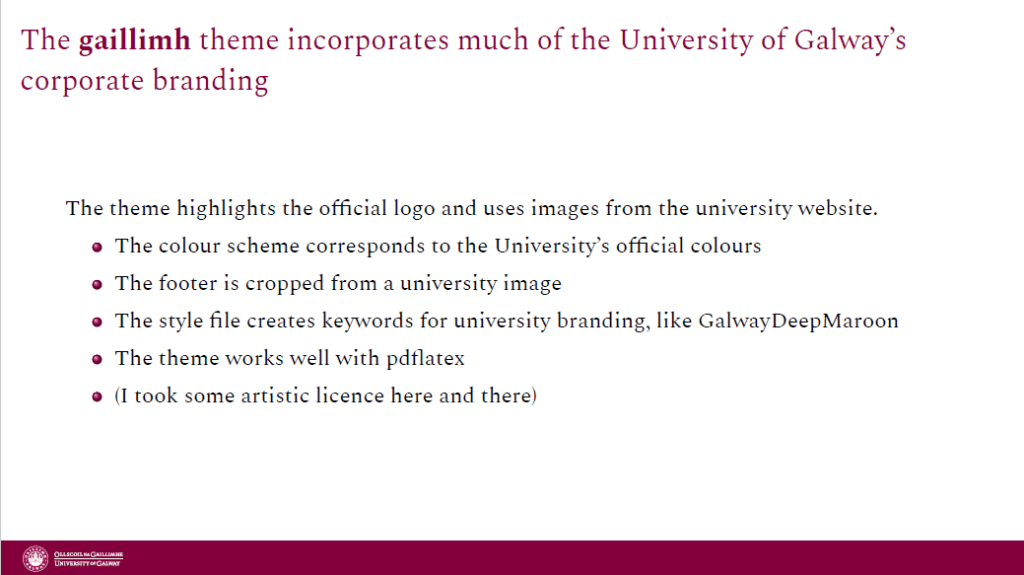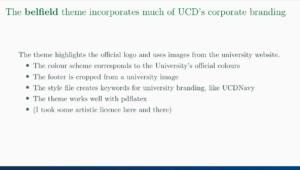There has been much hand-wringing about Apple’s low effective tax rates, particularly since the European Commission’s declaration that they know more about the correct implementation of Ireland’s tax laws than Ireland’s own tax authorities. This has focused the public eye on the taxation of multinational corporations in Ireland and elsewhere. There is a problem with the taxation of MNCs, but I argue it is a problem largely attributable to actions in Washington DC, not anywhere else.

Let me explain. The US headline corporate tax rate is 35%. Thus if an American company earns $100 in the United States, the IRS expects that company to pay a total of $35 in taxes. Further, the US corporate tax base is structured on a worldwide income system. So if Starbucks earns $100 in Denmark, the IRS still expects the company to pay a total of $35 in taxes. For example, if Starbucks pays $20 in taxes to Denmark, the residual $15 is due in taxes to the US. (See here for an example of this offsetting rule.)
Continuing with the Denmark example, the amount due to the Danish government must by law account for the fact that a lot of Starbucks’ profitability comes from its intellectual property: its recipes, branding, and so on. That intellectual property is American, not Danish. For the sake of argument, let’s say that 75% of Starbucks’ profitability in Denmark is based on American intellectual property, and the rest is due to shrewd decisions by managers in Copenhagen. (Change these numbers as you see fit, the idea still holds.) Thus although Starbucks will technically book $100 of profit in Denmark, 75% of that is “American profit”, with only 25% attributable to decisions by the Danish operation. Denmark’s corporate tax rate is 22%, so Starbucks will owe 22% of $25 = $5.50 to Denmark. But recall that they booked $100 of gross profits in Denmark so, on the face of it, The Guardian and other such outlets will wail that Starbucks gets away with a tax rate of only 5.5%. How unfair, how unjust, etc.
Of course what The Guardian and The Huffington Post will typically fail to mention is that the IRS expects the residual $29.50 to be paid in the US ($35 less the $5.50 paid in Denmark = $29.50). That is the main reason why newspaper headlines mislead the public. But a further, more substantive issue that is rarely discussed in the media is where the real problem comes in: the United States’ unusual treatment of (unrepatriated) foreign profits.
What is this unusual treatment? Starbucks do not have to pay that tax liability until they redistribute the profits back to the shareholders by way of a dividend payment. So it is perfectly legal, as per the Tax Reform Act of 1986, for Starbucks’ profits to sit in a bank earning interest rather than paying up to the IRS.
Regular US taxpayers have to pay their previous year’s taxes by April 15th. Corporations can choose when they pay up, and they are welcome under US tax law to wait many years to do so. They may even hold out in the hope that Congress drops the tax rate — for example Donald Trump has proposed lowering the corporate tax rate from 35% to 15% — and end up paying much less than previously thought. Apple is sitting on about $150bn dollars of unrepatriated profits. They’re holding out (completely sensibly, from their perspective) for a law change so when it comes to paying up, they do so at a lower rate. This holding out again makes it appear that companies like Apple’s tax liabilities are lower than they actually are. How unfair, how unjust, etc. Yet I don’t think I have ever seen a newspaper discuss the intricacies of why an existing US law — the Tax Reform Act of 1986 — encourages this perverse behaviour, nor do I predict a flurry of articles heaping praise on Apple or Starbucks when their effective tax rate shoots through the roof when they eventually repatriate back-dated income.
You can also perhaps see why Apple’s low tax payments in Ireland are an issue for Washington, not Dublin.
Finally, all this is relatively moot if we fail to consider the incidence of corporate taxes. Most members of the public understand that taxes on oil are passed onto the consumer, at least in part. However, the same logic has yet to penetrate the public consciousness on corporate taxes. If you tax a corporation, the workers and customers of that corporation cannot magically wave a moral wand and avoid the economic repercussions of the tax. Some of that tax will inevitably be passed onto consumers, some onto workers, some onto shareholders, etc.
Exactly how the tax is split between groups is a tricky thing to statistically disentangle. However, recent research suggests that about 30% of corporate taxes in the US are passed onto the corporation’s employees; and excellent work by German economists suggests that over there perhaps as much as 80% is passed onto workers. The clamour for increased taxation of multinationals almost never considers this reality. I have never seen it mentioned in newspapers that if large multinationals are successfully dodging taxes, it is almost certain that their consumers and workers also benefit from this.
To be clear: I like The Guardian; the Tax Reform Act was a considerable improvement overall; and corporations should pay the tax rates that are demanded of them by law. However the depiction of corporate taxation in the media routinely overlooks mandatory deductions for intellectual property, the deferral of unrepatriated foreign earnings, and the crucial issue of incidence/who actually pays the corporate tax.
Debate on the topic suffers as a result.




